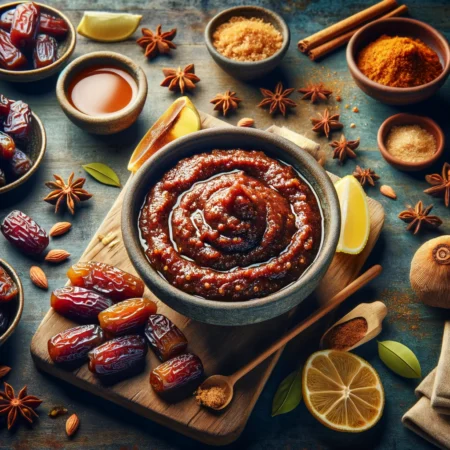Steeped in centuries-old traditions, both Turkish and Greek coffees stand as time-honored exemplars of global coffee customs. Their robust, flavorful profiles, coupled with unique preparation processes, have led to their widespread popularity. Although these two types of coffee share many commonalities, several key distinctions differentiate them.
Bean selection significantly differentiates Turkish coffee from Greek coffee. Customarily, the mild and refined flavor of Arabica beans is favored for Turkish coffee, which requires a very fine grind. Conversely, Greek coffee generally employs Robusta beans, known for their stronger, more bitter profile. The careful attention to bean quality underscores the distinctiveness of both Turkish and Greek coffee.
Additionally, the brewing process for each coffee sets them apart. For Turkish coffee, the beans are finely ground and then brewed with water and sugar in a traditional cezve. The mixture is then gently simmered over low heat until it achieves the desired strength. In contrast, Greek coffee involves boiling the ground beans with water and sugar in a briki, a traditional Greek coffee pot. The mixture is brought to a rapid boil over high heat before it’s removed to settle.
How these coffees are served also provides a point of differentiation. Turkish coffee, usually served in small cups known as fincan, typically holds about three ounces of the beverage. The brew’s thin layer of foam, a byproduct of the brewing process, is traditionally added to the drink prior to serving. Greek coffee, meanwhile, is served in demitasse cups, holding approximately two ounces, and is often presented without foam. Commonly, a glass of ice water accompanies the coffee, providing a refreshing rinse after the coffee.
Beyond these differences, both Turkish and Greek coffee cultures are deeply woven into the social fabric of their respective nations. In Turkey, the tradition of Turkish coffee-drinking plays a significant role in social and cultural life, often marking important events or milestones. Conversely, Greek coffee, with its roots running deep into Greek culture, is more commonly perceived as a soothing ritual.
Despite these variations, both Turkish and Greek coffee share a common ground in their robust profiles and distinctive preparation methods. They offer an authentic insight into the rich culture and history of the Middle East, endearing them to coffee enthusiasts worldwide.
Historical turmoil and conflicts have not deterred Turkish and Greek coffee from cementing their roles in their respective nations’ cultural histories.
In Turkey, the coffee tradition harks back to the 15th century when Sufi teachers introduced it. Coffee quickly became a favored indulgence among the Ottoman Empire’s ruling class. It was seen as a comforting companion during times of strife, offering soldiers a much-needed respite and camaraderie at military bases.
Similarly, Greek coffee boasts a rich historical narrative, at times used symbolically against oppressive forces. For instance, during World War II, Greece was under Axis powers’ occupation, causing coffee to become a scarce commodity. Still, it remained an essential part of daily life and served as a subtle act of rebellion against the occupiers. Coffee played a critical role in Greece’s post-war recovery and continues to be a central part of Greek life today.
Both Turkish and Greek coffee have transcended mere beverage status, playing significant cultural and social roles within their respective societies. They are ubiquitous at social gatherings, offering a delightful and enjoyable means of fostering relationships. Consequently, coffee serves as a unifying element in both Turkish and Greek cultures, bridging people and promoting mutual understanding.





